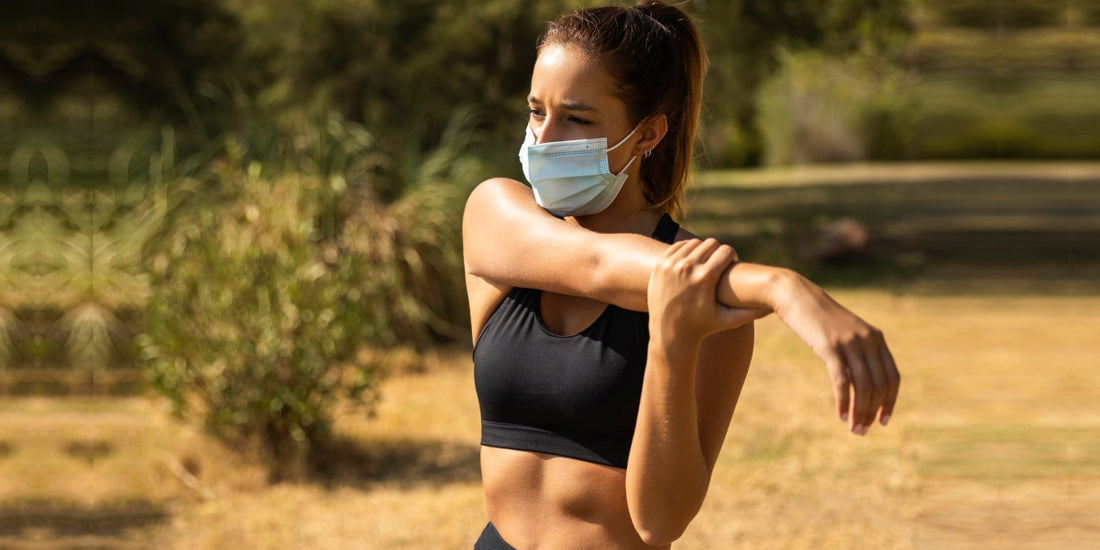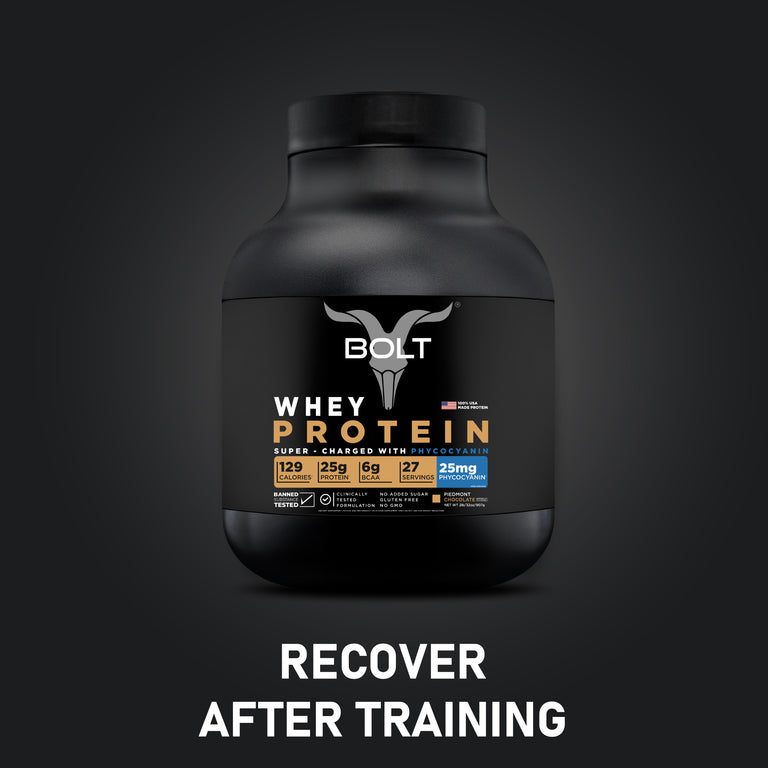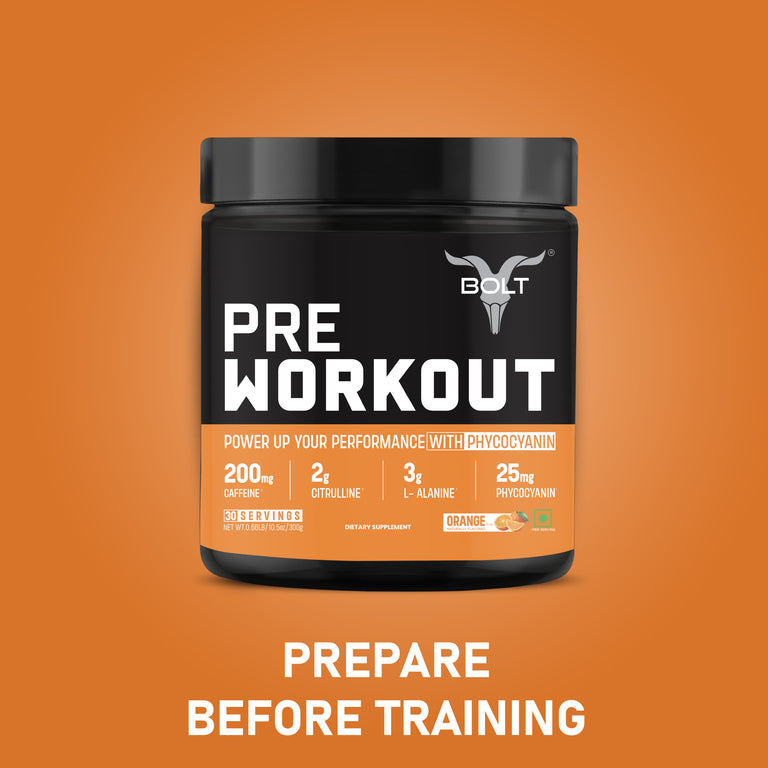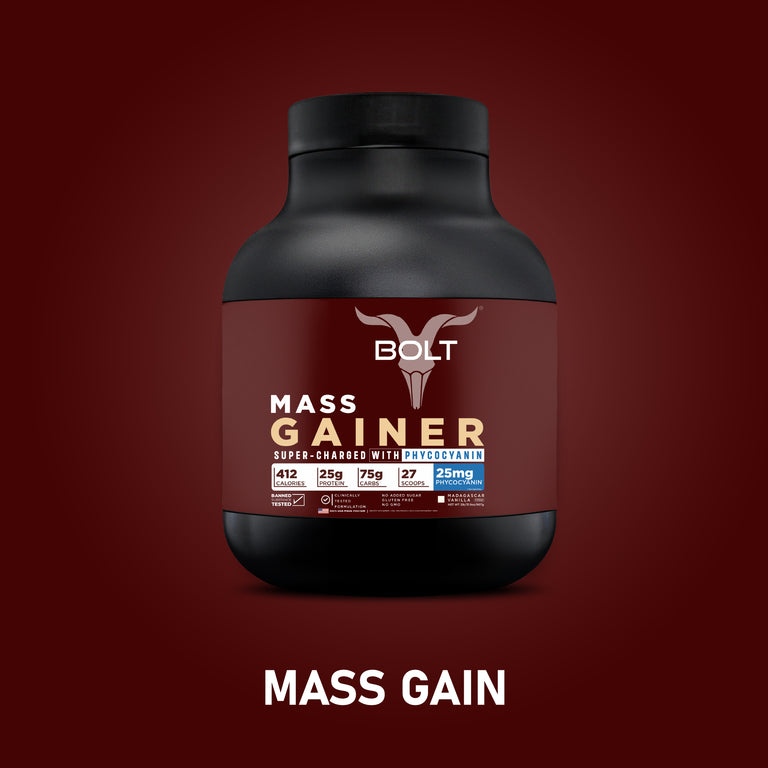
EXERCISING AFTER COVID
byWHAT DO WE KNOW ABOUT EXERCISING AFTER COVID-19?
The questions about the long-term effects of the coronavirus are still the concerns of a lot of people. We are aware about the intermediate and short-term effects of the coronavirus on various parts of the body but the chronic and long-term effects are still a mystery for us.
Currently, we are not sure of who might have to go through the complications that will later affect the capacity of exercise. Experts released the guidelines for recreational athletes about returning to physical activities in August 2020. Since it was the first set of guidelines, it provides valuable information for people who are recovering from COVID-19 and wonders about when it will be considered fine to resume their physical activities.
What do guidelines have in them?
COVID-19 affects five systems of your body upon which the guidelines are based on. The sixth and the last guideline was created by the National Strength and Conditioning Association and Collegiate Strength And Conditioning Coaches Association Joint committee that has the recommendations for returning to physical activities.
CARDIAC SYSTEM
The cardiovascular system consists of the heart and blood vessels and we are aware of the bad effects that COVID-19 causes them. The risk of acquiring new heart disease is unknown in those who were not hospitalized for COVID-19.
For individuals who have completely recovered from mild-to-moderate symptoms due to COVID-19 and had no pre-existing heart conditions, experts recommend them to resume moderate intensity of physical activity after taking rest for at least 10 days after symptoms are gone. Few experts take more of a conservative approach and recommended waiting for at least 2-3 weeks to begin the exercise after symptoms are gone completely.
PULMONARY SYSTEM
The Pulmonary system can acquire complications from COVID-19 and those issues can range from mild like breath shortness and severe like Pneumonia. We are certain that young and healthy adults can recover well but we are uncertain about the individual who suffered from pulmonary complications and his recovery course from COVID-19.
Usually, experts believe and state that you must avoid intense and hardcore physical activities for two weeks following the infection. A gradual and slow return to exercise, beginning with low intensity and impact exercise is always recommended.
You must perform low-intensity exercise every day for 10-20 minutes, once you resume the physical activities. Avoid increasing the intervals above 5 minutes until you are COVID-19 symptom-free. Your lungs and breathing muscles can be retained by breathing exercises, like pursed-lip breathing, diaphragmatic breathing, yoga, and singing.
HEMATOLOGICAL SYSTEM
In the individuals who were not hospitalized for COVID-19, the risk factor for blood clots is still unknown. A blood clot is dangerous and can lead to complications if left undiagnosed and untreated. It is a deep venous thrombosis. It should be immediately addressed by any medical expert as it can present as calf pain no matter with or without swelling.
Generally, as a protective measure against the development of blood clot, individuals are recommended physical activities and avoiding prolonged sitting. But as we know that exercise is not recommended for an individual who is currently recovering from acute COVID-19,the best solution for them is to avoid sitting for a time period greater than 30 minutes.
GASTROINTESTINAL SYSTEM
Medical clearance is required for individuals who have had gastrointestinal complications like vomiting, diarrhea, and nausea from the COVID-19. They should not exercise until they are cleared by a medical expert. Monitoring the intake of fluid and calories is a crucial step to avoid dehydration and nutritional deficiencies once the individual is resuming physical activities.
CONSIDERATIONS FOR RETURNING TO ACTIVITY
In regards to the capacity of exercise, COVID-19 survivors of six months have shown deficits according to the studies. Due to this, the National Strength and Conditioning Association and Collegiate Strength and Conditioning Coaches Association Joint Committee came up with guidelines for individuals returning to exercise after recovering from the mild to moderate COVID-19 infection.
The 50/30/20/10 rule refers to reducing an individual’s exercise volume by at least 50%, followed by 30%, 20%, and 10% over the next 3 weeks. The following guidelines are based upon the assumption that an individual is has been COVID-19 symptom-free for at least 14 days.
If the individual develops new symptoms during the period of 14 days requires further medical attention prior to continuing with physical activities.
THINGS WE ARE AWARE OF RETURNING TO EXERCISE AFTER THE COVID-19 INFECTION.
The immune system of each and every individual recovers at a different rate, regardless of the infection or disease. This makes the process of recommendation on when it is perfectly safe for someone to return to exercise after the COIVD-19 difficult.
Unless an individual has a history of heart-related problems, we believe that those with mild to moderate symptoms from COVID-19 can resume physical activities without any fear of complications. Returning to exercise after COVID-19 should be guided in a stepwise fashion, beginning with low intensity/low impact for 10-15 minutes per day, and based upon your symptoms. Consider using the 50/30/20/10 rule over a four-week period prior to resuming your normal workout schedule.








